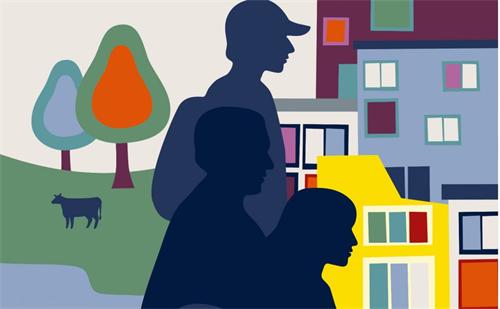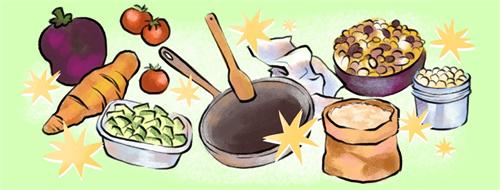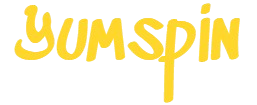No-Fuss Mealtime: Top Baby-Led Weaning Products

Every step of a baby’s growth comes with new challenges, and “weaning” is a key milestone. As babies continue to develop, their nutritional requirements expand beyond what breast milk or formula can provide on its own. That’s why many families begin introducing solid foods around six months. In recent years, a new feeding concept called Baby-Led Weaning (BLW) has gained popularity among parents and experts, slowly transforming traditional feeding methods.
What is Baby-Led Weaning (BLW)?
Originating in the UK, BLW is a baby-centered approach to introducing solid foods. Unlike traditional spoon-feeding with purees and mashed foods, BLW skips the mushy stage altogether. Instead, babies start directly with finger foods they can pick up and explore on their own.
Despite the term “weaning” in its name, BLW isn’t about abruptly stopping breast or formula feeding. The focus is on allowing the baby to lead the process of trying solid foods — choosing what to eat and how much to eat — encouraging independence and a healthy relationship with food.
Why Are More Parents Choosing BLW?
BLW aligns well with natural and Montessori-style parenting philosophies. Unlike the “open your mouth and here comes the spoon” model, BLW encourages babies to sit at the family table, observe, and imitate adults, while learning to self-feed at their own pace.
Studies and parental experiences show that BLW can help reduce picky eating, constipation, and obesity later on. Babies who are in control of their own food intake tend to develop a better understanding of hunger and fullness cues. At the same time, self-feeding practices strengthen fine motor skills and hand-eye coordination.
When is the Best Time to Start BLW?
While many families start BLW around six months, it really depends on the baby’s individual development.
One UK study found that 56% of babies could reach for food by 6 months, and by 8 months, this ability became widespread. Another study showed that most babies could hold a biscuit between 4 and 14 months, with an average starting age of 7.7 months.
So if your 6-month-old shows interest in solid foods — watching you eat, reaching for food — it’s likely a good time to try BLW. But if your baby doesn’t seem interested yet, don’t push it. Letting the process happen naturally will lead to better results.
Start with safe and easy foods, such as steamed carrot sticks, soft banana slices, or cooked chicken strips. Cut food into finger-sized pieces that are easy to grab. Expect mess — squished, smeared, and dropped food is all part of learning. Just stay close during meals to ensure your baby is safe and well-supported.
Tools Make the Difference: Must-Have Products for BLW
1. Divided Silicone Suction Plates
These plates stick firmly to the table, helping prevent messes from accidental spills — especially helpful when babies are just starting to grasp finger foods. The divided design keeps foods separate, encouraging babies to explore different textures and tastes. Food-grade silicone ensures the plates are BPA- and PVC-free, microwave-safe, and dishwasher-friendly.
Keep in mind that by around 12 months, some clever babies might figure out how to lift the plate by copying adults — a sure sign of progress!
2. Baby Training Fork and Spoon Set
As babies begin to practice using utensils, their hand-eye coordination is still developing. A well-designed set with soft, easy-to-grip handles and safety features like anti-choke guards is essential. Look for food-grade silicone handles and either silicone or 304 stainless steel heads for safety and durability.
Consistency is key — once you introduce utensils, encourage daily practice. Don’t switch sets frequently. Babies need time to get used to their tools, and with patience, you’ll see improvement.
3. Silicone Bibs
Mealtimes can be messy, so a waterproof, easy-to-clean silicone bib with a built-in food catcher is a game-changer. These bibs reduce laundry and protect baby clothes while staying soft and safe for delicate skin — a must-have for every BLW household.
4. Training Cups (Sippy Cups or Straw Cups)
Learning to drink from a cup marks an important milestone in a baby’s growth and independence. Start with a sippy cup, move to a straw cup, and eventually aim for an open cup — though the order can vary based on your baby’s preference and ability.
When choosing a cup, look for:
- Materials: BPA-free PP or PPSU plastic — lightweight, durable, and heat-resistant
- Safety: Leak-proof design, especially when tilted or upside-down
- Ease of Cleaning: All parts (lid, straw, seal) should be detachable and easy to wash
Proper use of cups not only supports oral development but also helps babies move away from bottle dependency, which is better for dental and facial development.
A Joyful Journey to Independent Eating
Baby-Led Weaning is more than just a feeding method — it’s a parenting mindset. It respects your baby’s natural curiosity, supports healthy eating habits, and fosters a positive, interactive mealtime environment.
With the right timing, thoughtful tools, and a relaxed attitude, BLW can be a joyful process for the whole family. Each meal is a chance for your baby to explore, learn, and take one more step toward independence. So embrace the mess, celebrate the milestones, and enjoy the ride!
Recommended for you:







